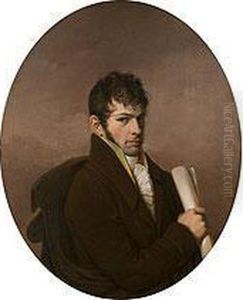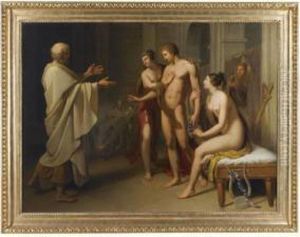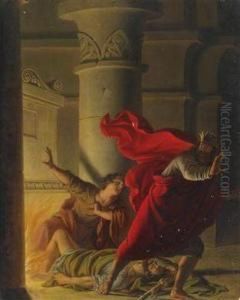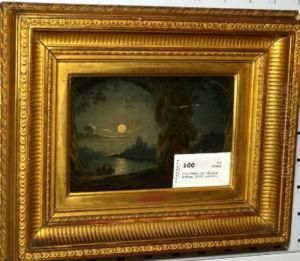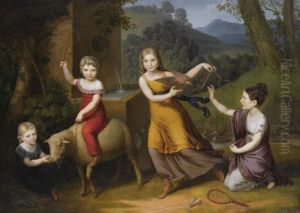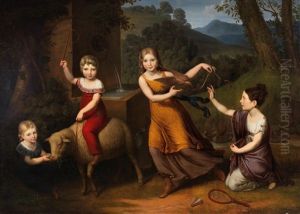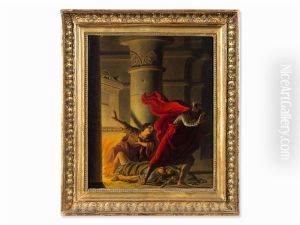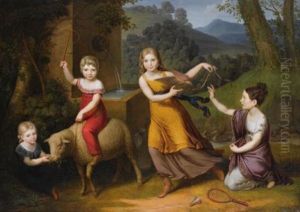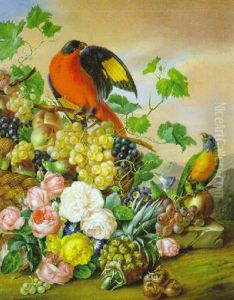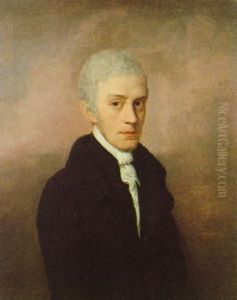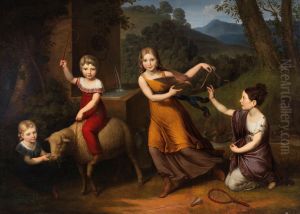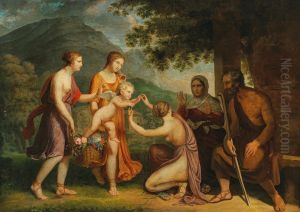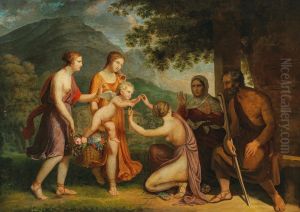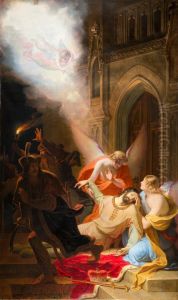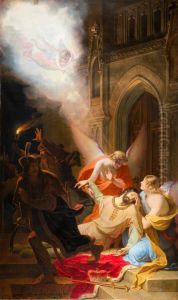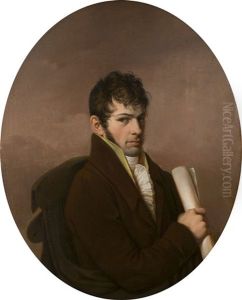Anton Petter Paintings
Anton Petter was an Austrian painter, primarily known for his still-life paintings and his significant contribution to the Biedermeier period, which represents an era in Central Europe between 1815 and 1848 that was characterized by a conservative and middle-class sensibility in the arts. Born on January 6, 1781, in Pottendorf, Lower Austria, Petter showed an early interest in art, which led to his pursuit of a career as a painter.
Petter's education in the arts began under the tutelage of the landscape painter Laurenz Janscha and later, he studied under the still-life painter Michael Wutky. His initial works were influenced by the Dutch still-life tradition, but he soon developed his own distinct style, characterized by precise detail, a clear arrangement of objects, and a subtle use of light to create a serene and balanced composition. Petter's still lifes often included flowers, fruits, and other objects found in domestic settings, which appealed to the bourgeois taste of the era.
Throughout his career, Anton Petter exhibited his works in various shows and gained a reputation as a skilled painter among collectors and the art community. He was associated with the Viennese Academy and contributed to the local art scene. Despite his success, there is relatively little documentation on his personal life, which is common for many artists from that period.
Petter's work is important in the context of the Biedermeier period for its reflection of the values and aesthetics of the time. His paintings are often seen as a window into the domestic lives of the growing middle class, showcasing their interest in comfort, simplicity, and the beauty of everyday objects. The Biedermeier period itself was a reaction to the dramatic political and social changes in Europe following the Napoleonic Wars, and artists like Petter played a role in shaping its distinct artistic expressions.
Anton Petter passed away on April 19, 1858, in Vienna, Austria. Today, his paintings can be found in various art collections and museums, and they continue to be appreciated for their technical skill and historical value as part of the Biedermeier artistic legacy.
